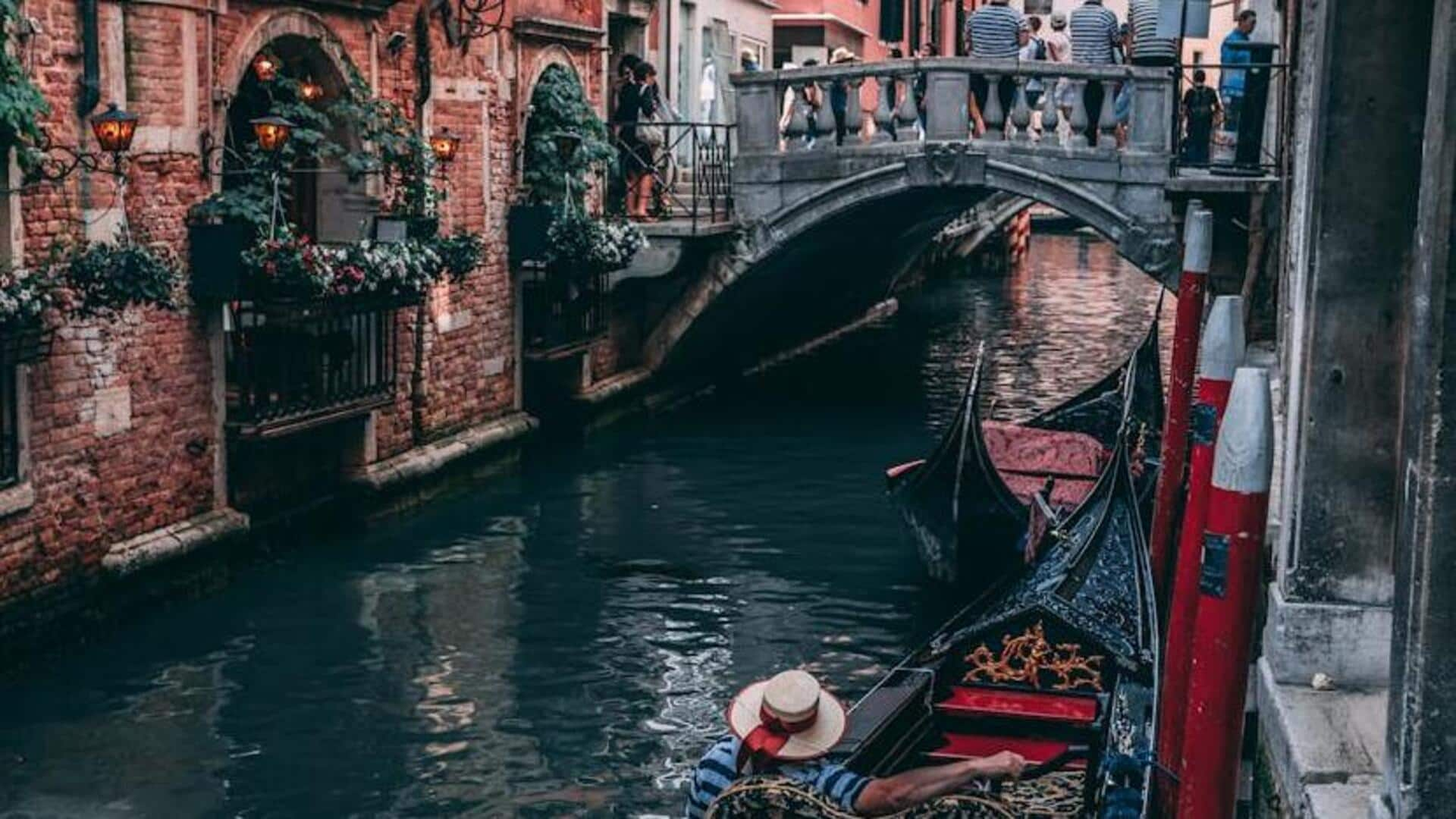
Unveiling Venice: Beyond common myths
What's the story
Venice, Italy, is a city that appears to float on its intricate canals and is known for its historic architecture.
It's a place where stories are found at every turn, and the air carries the scent of Italian cuisine.
Despite its popularity, several myths cloud visitors' perceptions of Venice.
This article aims to debunk these myths, offering a new perspective on the city.
Crowds
Myth 1: Venice is always crowded
Many believe Venice is perpetually swamped with tourists, making it impossible to enjoy.
While it's true that certain areas are tourist hotspots, especially during peak seasons, there are numerous hidden gems scattered throughout the city that offer tranquility.
Exploring lesser-known neighborhoods like Cannaregio or Dorsoduro reveals a quieter side of Venice, where you can admire the beauty without elbowing through crowds.
Cuisine
Myth 2: Venetian food is overpriced
The myth persists that dining in Venice means high expenses. However, authentic Venetian cuisine is accessible at reasonable prices with local knowledge.
Avoid eateries in St. Mark's Square or along the Grand Canal. Instead, explore side streets for family-run trattorias offering delicious meals at fair prices.
Sampling traditional dishes like risotto al nero di seppia becomes an affordable and memorable culinary adventure.
Fragrance
Myth 3: The city smells bad
A common misconception is that Venice smells bad due to its canals.
This was somewhat true decades ago, but extensive improvements in the city's sewage system have addressed this issue.
Now, only during rare algae blooms in extremely hot weather might there be mild odors.
Generally, Venice is filled with the enticing aromas of fresh espresso and baking pizza, rather than any unpleasant smells.
Transportation
Myth 4: Gondola rides are mandatory
Many visitors believe a gondola ride is essential in Venice.
While gondolas offer a unique perspective of the city from its canals and are iconic, they're not necessary for all.
Affordable alternatives, like vaporettos or water buses, provide extensive routes across Venice's waterways.
This allows for comprehensive exploration at a lower cost, making the city's charm accessible without relying solely on gondolas.